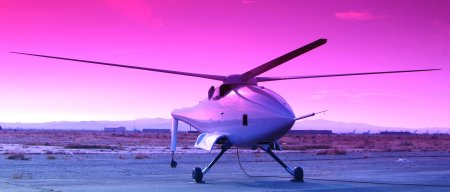The US Army's future unmanned combat armed rotorcraft (UCAR) is to be fitted with a moving-target indicating radar, to be developed by the US Defense Advanced Research Projects Agency and its industrial partners.
The radar, known as the Affordable Adaptable Conformal Electronic Scanning Antenna (AACER), is a high-resolution synthetic-aperture radar and is expected to be fitted initially to the Boeing A-160 Hummingbird. It will be used for reconnaissance, surveillance, target acquisition and tracking. In its reconnaissance mode, AACER may provide "persistent stare" over large areas to enhance the tracking of enemy forces.
The UCARs will provide the reconnaissance radar data to soldiers, such as the US Marine Corps and special operations forces, to aid their on-ground tactical decisions.
DARPA has awarded $5.78 million to Northrop Grumman Electronic Systems and $6 million to Raytheon Space & Airborne Systems for AACER development.
DARPA says: "During the initial 12-month phase of the programme, the contractors will demonstrate key electronic scanning antenna technology and develop preliminary designs for each radar concept."
The second phase will involve one contractor selected to complete a system design and build key subassemblies. The final phase will see AACER system integration and a flight-test demonstration.
ROB COPPINGER / LONDON

Source: Flight International























